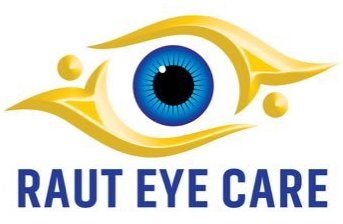Title: Understanding Glaucoma Surgery: A Layman's Guide to Eye Health
Introduction:
Glaucoma is a common eye condition that can lead to vision loss and even blindness if left untreated. While medication and lifestyle changes are often the first line of defense against glaucoma, there are cases where surgical intervention becomes necessary. In this article, we will demystify glaucoma surgery, explaining the procedure in simple terms for a layman to understand.
What is Glaucoma Surgery?
Glaucoma surgery refers to various procedures performed to reduce intraocular pressure (IOP) in the eyes. High IOP is a significant risk factor for glaucoma, as it can damage the optic nerve, resulting in vision loss. The primary goal of glaucoma surgery is to improve the drainage of the fluid (aqueous humor) within the eye, reducing the pressure and preserving vision.
Types of Glaucoma Surgery:
Trabeculectomy: Trabeculectomy is the most common form of glaucoma surgery. In this procedure, a small flap is created in the white part of the eye (sclera). The flap acts as a new drainage channel, allowing excess fluid to flow out of the eye. This helps to lower the IOP.
Glaucoma Drainage Implants: For some cases of glaucoma, a tiny tube or implant may be placed in the eye to help drain the fluid. These devices are designed to create a new pathway for fluid to leave the eye, reducing the pressure.
Laser Surgery: Laser surgery is a less invasive option for glaucoma treatment. Different types of laser surgeries, such as trabeculoplasty and cyclophotocoagulation, are used to improve the fluid outflow or reduce fluid production within the eye.
Minimally Invasive Glaucoma Surgery (MIGS): MIGS procedures are relatively new and less invasive than traditional glaucoma surgeries. They involve the use of tiny devices and tools to enhance the eye's natural drainage system, helping to control IOP. Examples of MIGS procedures include iStent® and Hydrus® microstent.
Canaloplasty: Canaloplasty is a procedure that aims to unblock and widen the eye's natural drainage system. It involves the insertion of a tiny catheter into the eye's drainage canal, which is then used to enlarge the pathway and improve fluid flow.
Recovery and Results:
After glaucoma surgery, patients are typically given instructions to follow for a smooth recovery. Eye drops, oral medications, and regular check-ups are often part of the post-surgery routine. It's essential to keep follow-up appointments with the ophthalmologist to monitor the progress and ensure optimal healing.
The success of glaucoma surgery depends on various factors, including the severity of the condition and the individual's response to treatment. While glaucoma surgery can effectively lower IOP and slow down the progression of the disease, it does not guarantee complete restoration of vision. Regular eye examinations and ongoing management are still necessary to maintain eye health.
Conclusion:
Glaucoma surgery plays a crucial role in managing this sight-threatening condition by reducing intraocular pressure. With advancements in surgical techniques, there are now various options available to address different forms of glaucoma. However, it's important to consult with an ophthalmologist who specializes in glaucoma to determine the most suitable treatment approach based on individual needs.
Remember, early detection and timely intervention are key to preserving vision. If you have concerns about glaucoma or any other eye condition, seeking professional medical advice is essential. By understanding glaucoma surgery and its potential benefits, you can take an active role in protecting your eye health and maintaining


